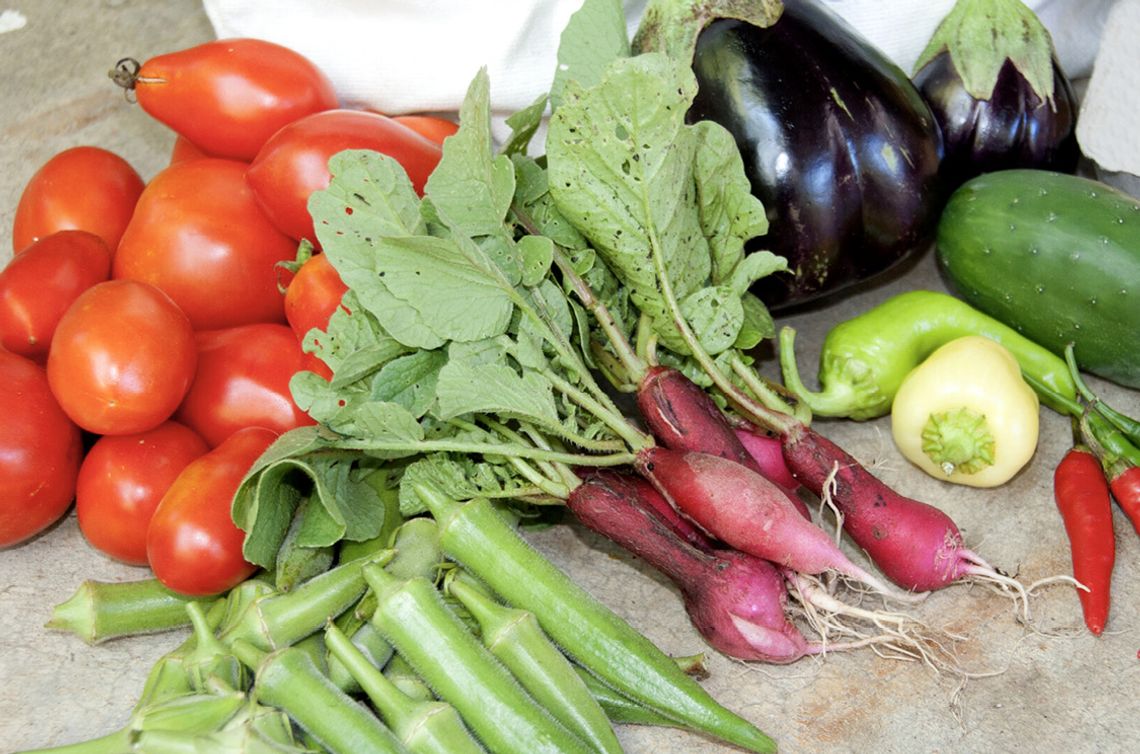.jpg)
By Doug Carter, Rankin County Extension Agent
Before using any pesticide on any edible crop, one of the most important things you need to know is the preharvest interval or PHI. This is how long you need to wait after you spray the crop before you can harvest the crop. If the product is labeled for use on an edible crop, this information is stated on the product label. For some products on some crops the wait is very short—spray up to the day of harvest. For other products on other crops the wait can be as much as 21 days, or even longer.
The PHI’s for a given product can be different for different crops. It depends on what crop is being sprayed. For example, Hi-Yield Indoor/Outdoor Broad Use insecticide (permethrin) has a 0-day PHI on tomatoes, 1-day PHI on lettuce, 3-Day PHI on peppers, 7-day PHI on potatoes, and a 14 day PHI on blueberries.
A lot of times Zeta-Cypermethrin is a good choice for a home garden insecticide because it controls most major garden insects, and it has a 1-day PHI on most garden vegetables. Bifenthrin may be a bit more effective on some pests, but it has a 7-day PHI on peppers and a 3-day PHI on squash. If you have leaf footed bugs feeding on the tomatoes and peppers and squash bugs on the zucchini, it is helpful to know you can spray them all at the same time and be able to pick all three crops at the same time or a day or two later. However, there are some pests, such as aphids, spider mites, and whiteflies, that zeta-cypermethrin will not control. Also, there are some crops, such as onions and sweet corn, for which the PHI for zeta-cypermethrin is longer than one day. Always be sure to check the label before you spray.
Source: Bug’s Eye View, “Preharvest interval PHI”, Mississippi State University Extension, Mississippi State University.


Comment
Comments